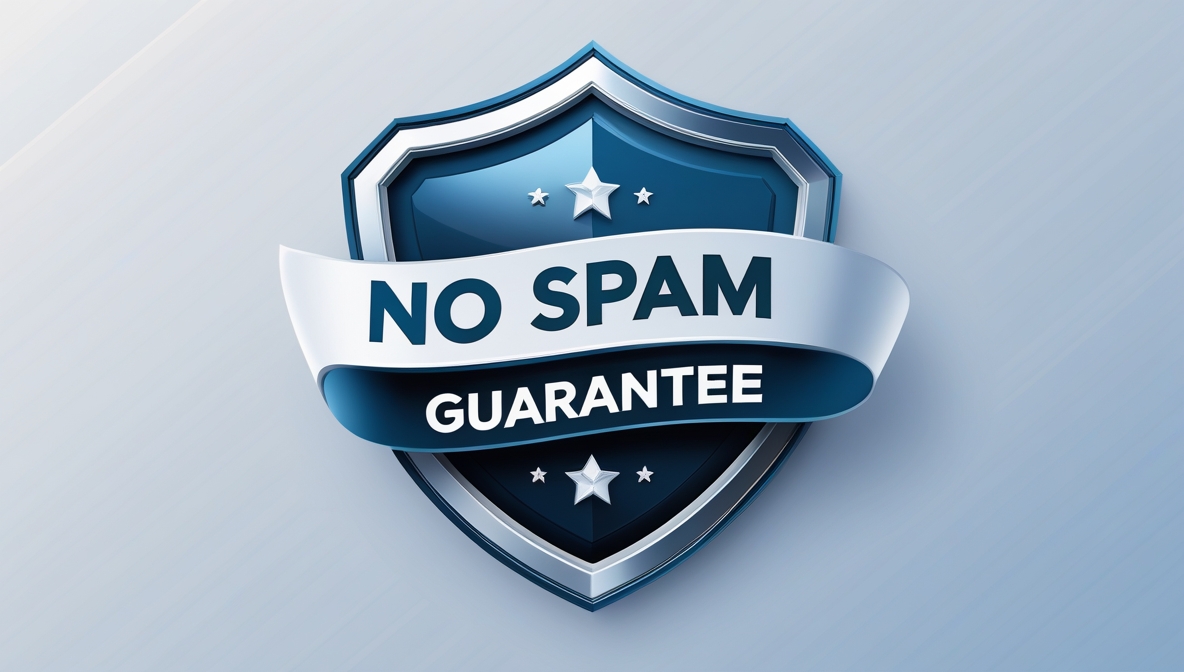This clear, concise, and expertly curated primer on generative AI explains the fundamentals—what it is, how it works, and how to apply it—without overwhelming technical jargon. Authored by a recognized leader in AI this primer is designed to help professionals make informed decisions in the face of rapid technological change.
What’s inside:
- Clear explanations of large language models (LLMs), tokens, parameters, and model behavior
- A deep dive into prompt engineering, with practical frameworks like CIDI
- Overviews of key tools including ChatGPT, Microsoft 365 Copilot, Gemini, and more
- Case studies and use cases in education, development, creative work, and assessment
- Thoughtful discussion of ethical considerations, limitations, and future trends
- Tools and strategies for AI-integrated teaching, learning, and policy design
Whether you’re shaping AI policy, evaluating platforms, or guiding your team through transformation, this primer, filled with real-world tools, use cases, and frameworks, gives you the clarity, vocabulary, and insight to lead—not just react—in the era of generative AI.
Bonus Items:
Quick Start Guide: How to Use the Generative AI Primer
A step-by-step guide to get the most out of this primer. It outlines how to move from understanding core concepts to applying prompt frameworks, exploring tools, assessing risks, and launching strategic pilots.
Support Guide: Generative AI FAQ Checklist
A comprehensive FAQ checklist with strategic questions, practical answers, and real-world examples to navigate generative AI adoption with clarity and confidence. Covering topics from governance and compliance to experimentation, culture, and ROI, it serves as a ready reference for aligning AI initiatives with organizational goals while managing risk and driving value.
Organizational AI Readiness Diagnostic and Scoring Checklist
This diagnostic checklist helps CIOs and IT leaders assess their organization’s preparedness to adopt, govern, and scale generative AI. Structured across six key areas it offers a clear scoring system, dashboard, and spreadsheet to pinpoint strengths, uncover gaps, and prioritize next steps for responsible and effective AI integration.


